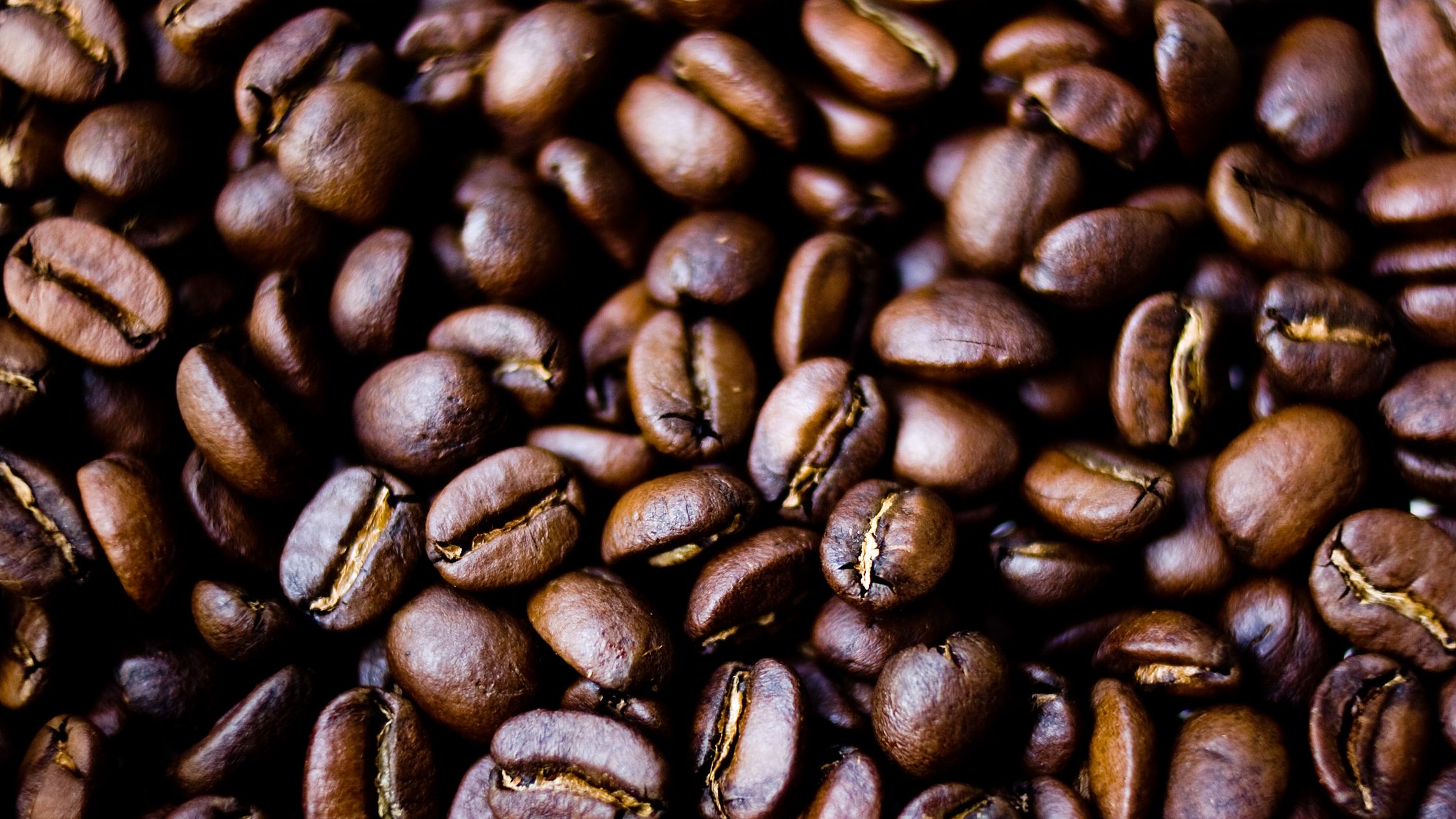- Beans: Locals Blend (8oz)
- Roaster: Local Coffee Roasting Company (Roxana, DE)
- Origin: Colombia, Guatemala, and Ethiopia
- Roast level: Medium
- Roast date: 5/19/2025
- Purchase date: 6/23/2025 at 3 Blonde Bakers in Bethany Beach, DE
First cup: 6/24/2025; Last cup: TBD - Process: n/a (blend)
- Tasting notes (from web site): milk chocolate, stone fruit
- AeroPress with JX grinder:
- AeroPress with Prismo, scoop, metal filter, and paper filter
- 1 heaping scoop of beans (roughly 16g to 17g)
- Around 250g of “pretty hot” but not boiling water (ratio 1:15 to 1:16)
- JX grind setting: 16
- Pour enough water to cover grounds; agitate; bloom until 0:45 or so; fill cylinder up to around 1/4″-3/8″ from top; stir 7x front-to-back with AeroPress paddle; steep until 02:45; stir 7x again; press slowly
- V60 with Ode grinder:
- 20g coffee / 300g water (1:15)
- Ode: 4
- Water at 95°C
- Recipe: Single Cup V60 Pourover with size 2 cone, 50g bloom water and 60g pulses – finishes 03:00-03:05
I can’t let a trip to the Delaware shore go by without getting some beans from LCRC. These are a little farther past roast date than I would typically buy, but retail availability is limited, so you take what you can get (within reason), and to be honest, unless it’s a dark roast, a month old is still reasonably fresh. This was my first time trying this particular blend. I’ll be grinding most of the beans with the JX and brewing them in the AeroPress. I started at grind 16, which is the fine end of the “AeroPress” range on the JX grind chart. The first cup was very robust and nicely balanced. I’ll be happy if all of them taste like this. Stay tuned!
6/29: I arrived home with enough beans to make a few pour-overs. V60 at 1:15, grind setting 4, and 95°C water was comparable to the AeroPress cups I’ve been brewing. It was maybe a tiny bit stronger than I like (at least in the summertime), so I may try it at closer to 1:16 next time.
It’s been a year since I’ve had the Delaware and Beach blends, so it’s difficult to make a fair comparison, but I think this could be my favorite LCRC blend that I’ve tried to date. Next up is a bag of Breakfast Blend, which I haven’t had in 2 years. Next time we go to Bethany, I want to stop at Parsons Farm Produce outside Dagsboro, to see if they have fresher bags and/or a wider selection of LCRC beans than 3 Blonde Bakers. T. S. Smith Market in Bridgeville used to carry them as well, but hasn’t had them the past two years.
